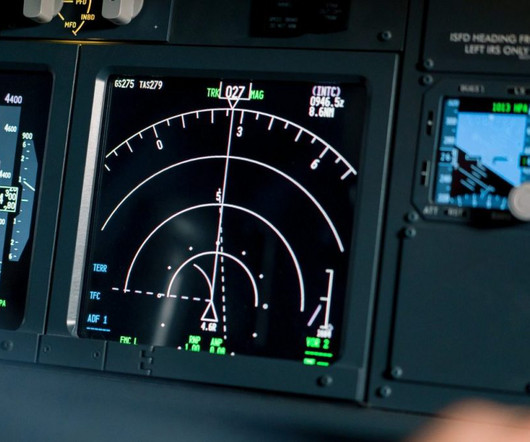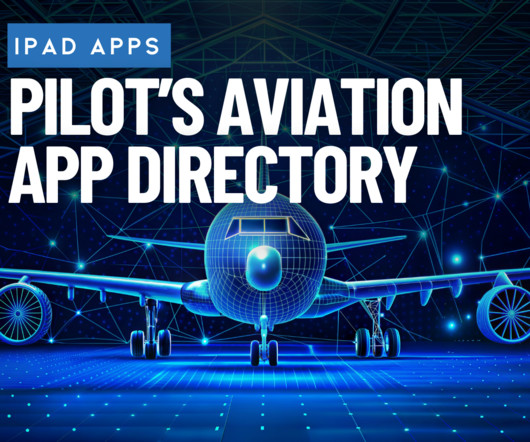Going Below Minimums
AV Web
MAY 6, 2025
Of course, AWOS is one-minute weather and when conditions are changing, the ATIS can be updated, but its unlikely to be updated often enough to match a fast-moving system. Unless you are a glider tow pilot most folks would agree that a 2000 fpm descent is not normal for landing. Its the only way to land when the weather is low.




















Let's personalize your content